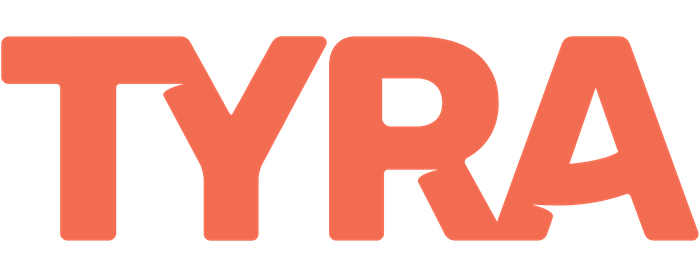Tyra Biosciences Pipeline & Targets
We have built a robust pipeline that leverages our rapid structure-based design process and unique insights into kinase family structures gained through internally derived co-crystal structures. Our initial focus is on improving small molecule drug discovery and development in targeted oncology and genetically defined conditions.

- FGFR3 (TYRA-300 ACH) *IND Submission Anticipated 2H’24
- FGFR3 (TYRA-300 Onc) *Dose escalation ongoing
- FGFR1/2/3 (TYRA-200) *First patient dosed
- FGFR4/3 (TYRA-430)
FGFR3 (Skeletal dysplasias including ACH)
We are developing TYRA-300 with the goal of addressing long-term complications and improving quality of life in affected individuals with skeletal dysplasias including achondroplasia, a genetic condition caused by a mutation in the FGFR3 gene.
Our drug discovery efforts are driven by structural insights informed by hundreds of internally solved FGFR crystal structures. The TYRA-300 (ACH) program is in the IND-enabling stage.
Targeted Indication: Achondroplasia
FGFR3 mutation incidence: Greater than 97% of achondroplasia arise through spontaneous mutation of FGFR3.
FGFR3 (TYRA-300 Onc)
Our lead product candidate, TYRA-300, is an investigational inhibitor of FGFR3 that is designed to be potent and selective in an effort to address two critical limitations of current approved and investigational FGFR inhibitors: activity in the presence of treatment-emergent resistance mutations such as the V555 gatekeeper mutation, and selectivity for FGFR3 over FGFR1 and other FGFR isoforms with the goal to avoid off-target side effects.
Targeted Indications: Bladder and solid tumors
FGFR3 mutation incidence: The incidence of activating FGFR3 mutations in bladder cancer has been estimated to be as high as 75% in non-muscle invasive bladder cancer (NMIBC) and up to 20% in muscle invasive bladder cancer (MIBC).
FGFR1/2/3 (TYRA-200)
TYRA-200 is an investigational, oral, FGFR1/2/3 inhibitor that has demonstrated potency in vitro against activating FGFR2 gene alterations and resistance mutations, currently in development for the treatment of cancer. TYRA-200 is being evaluated in a multi-center, open label Phase 1 clinical study, SURF201 (Study in PrevioUsly treated and Resistant FGFR2+ Cholangiocarcinoma and Other Advanced Solid Tumors). SURF201 (NCT06160752) was designed to determine the MTD and the RP2D of TYRA-200, as well as to evaluate the preliminary antitumor activity of TYRA-200. SURF201 is currently enrolling adults with advanced/metastatic intrahepatic cholangiocarcinoma and other advanced solid tumors with activating alterations in FGFR2.
Targeted Indications: Bile duct and solid tumors
FGFR2 mutation incidence: Approximately 15-20% of patients with ICC have genetic alterations in FGFR2, which are primarily gene fusions and activating mutations.
FGFR4/3 (TYRA-430)
TYRA-430 is an investigational, FGFR4/3-biased inhibitor for FGF19+/FGFR4-driven cancers. In August 2024, TYRA announced that the FDA cleared its IND to proceed with a Phase 1 clinical study of TYRA-430. The Phase 1 study will be a multicenter, open-label, first-in-human study of TYRA-430 in advanced hepatocellular carcinoma (HCC) and other solid tumors with activating FGF/FGFR pathway aberrations (SURF431).
